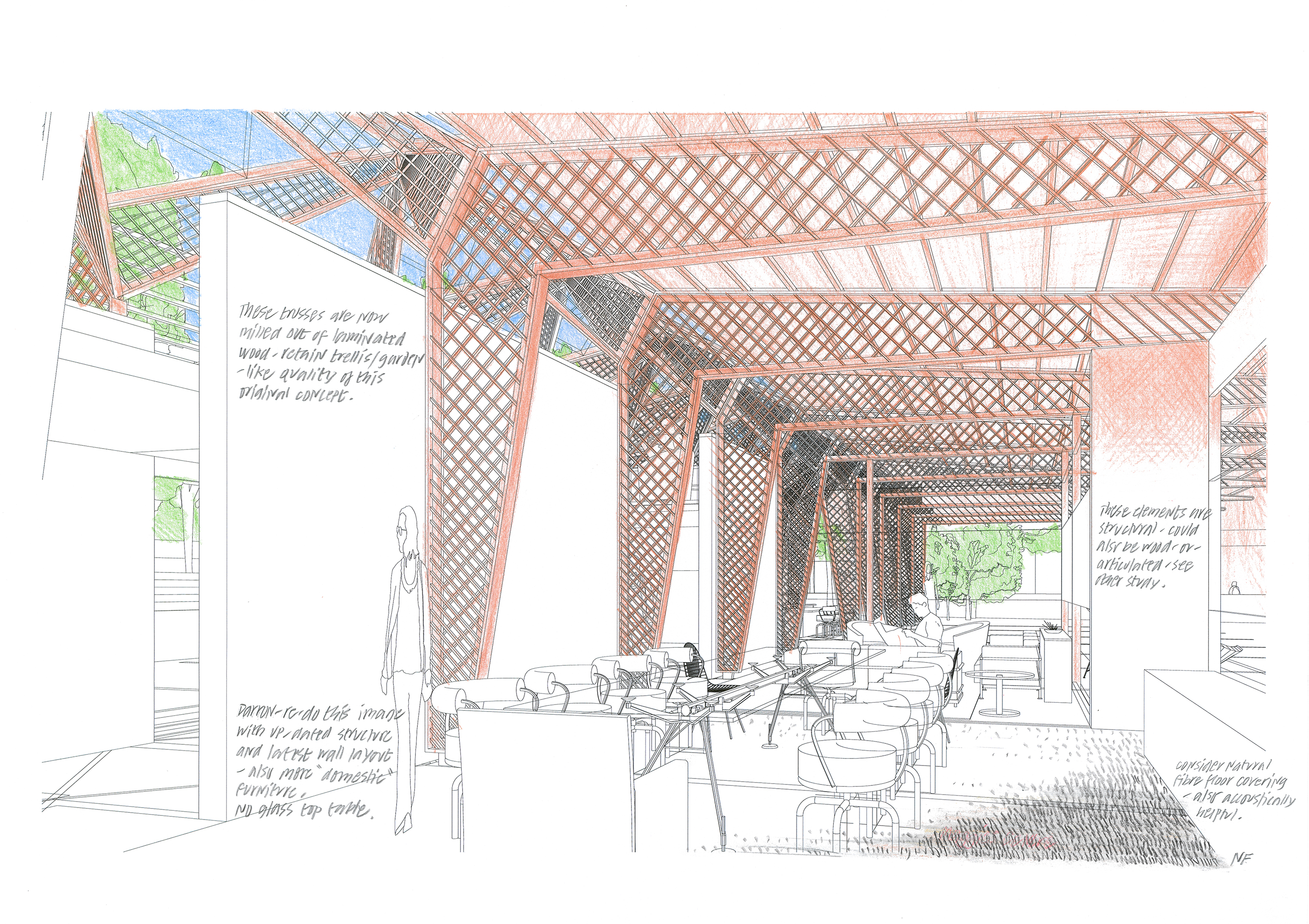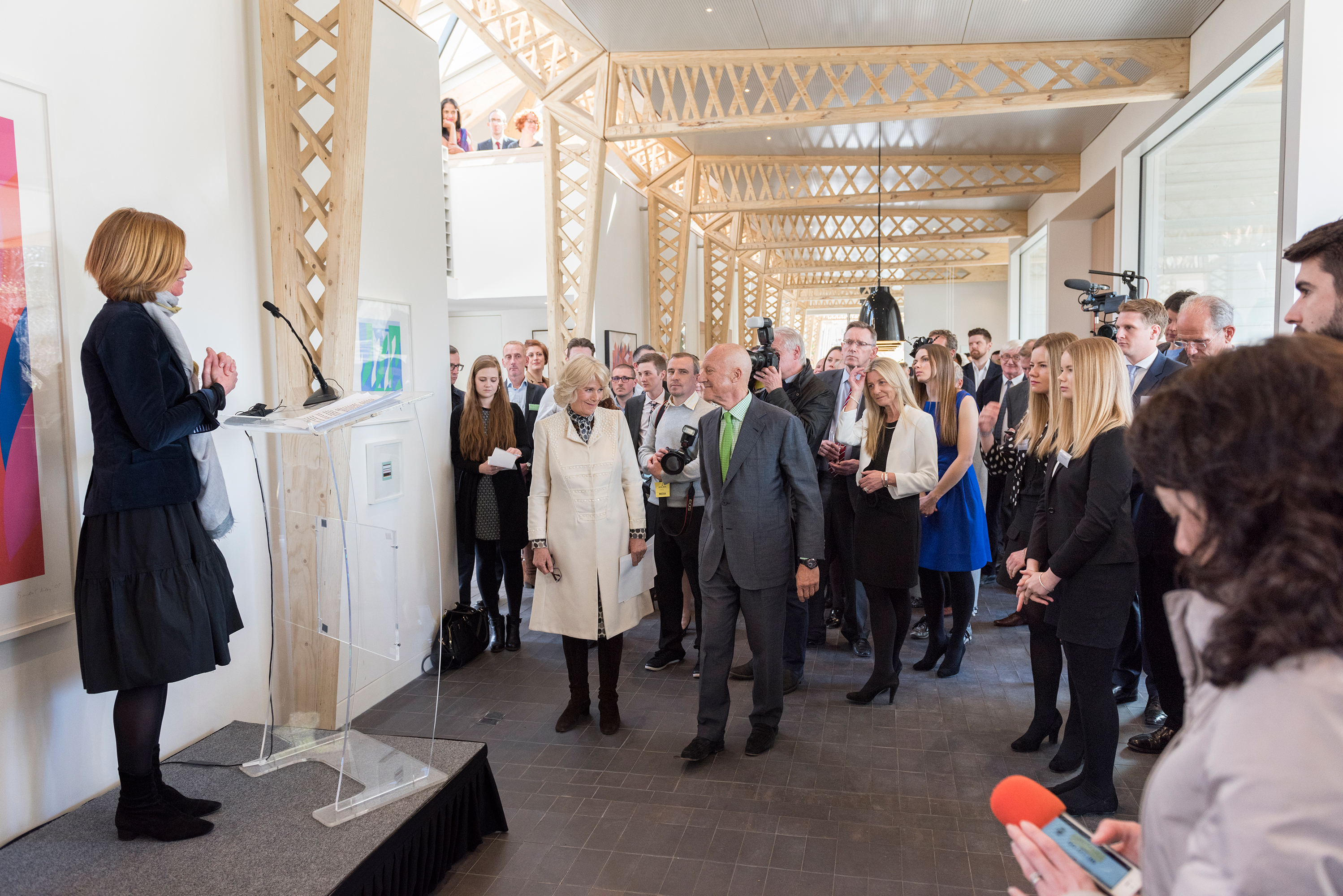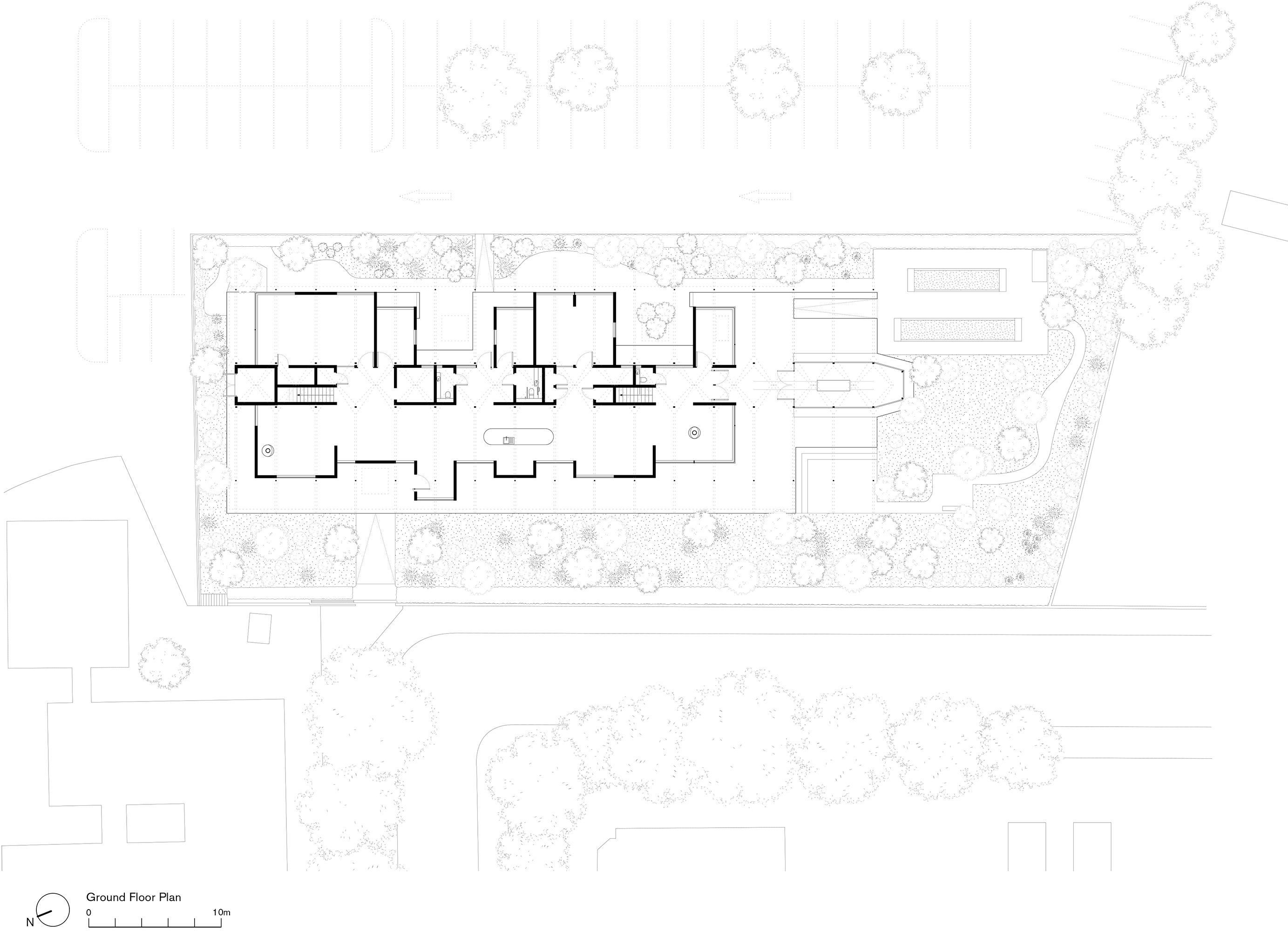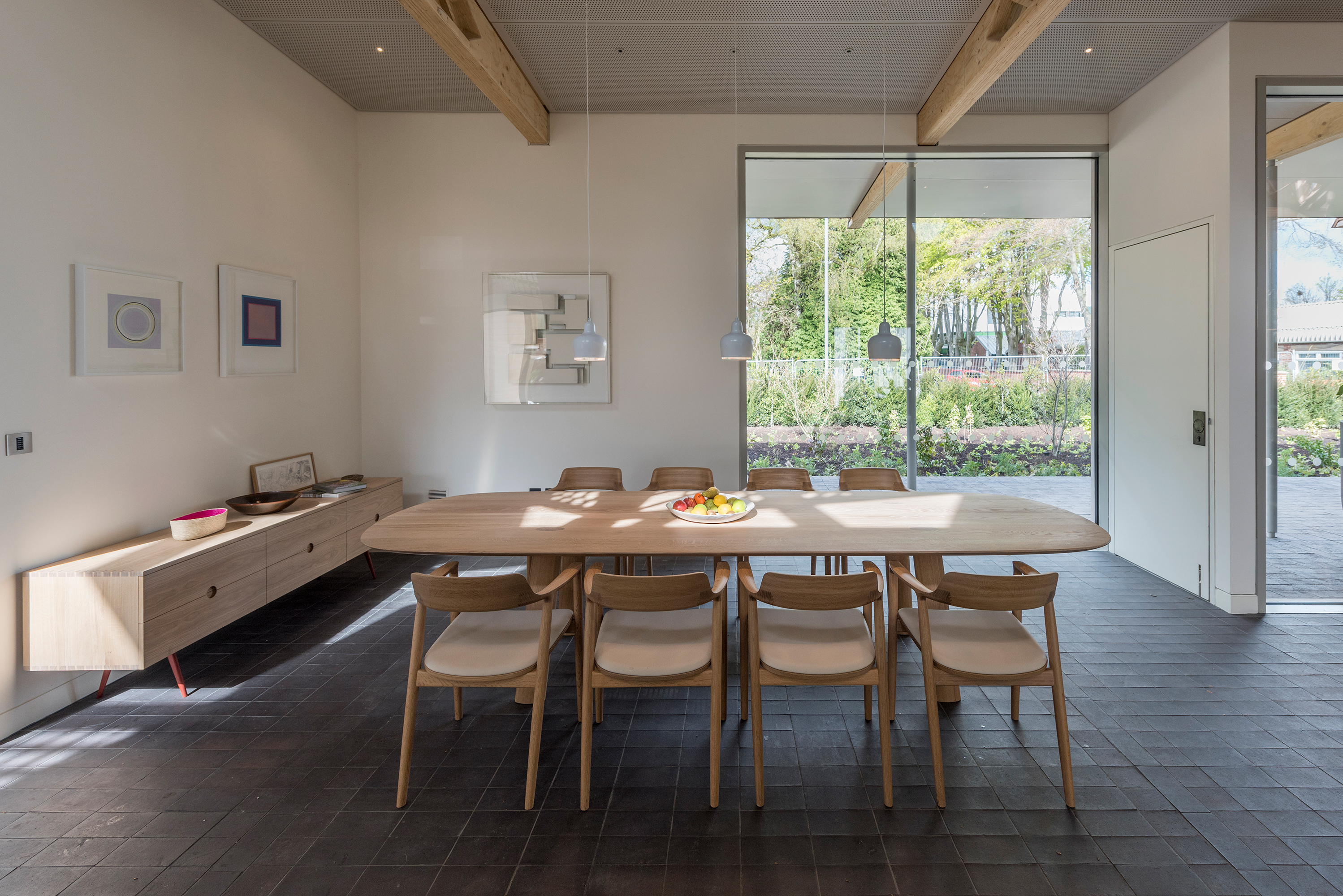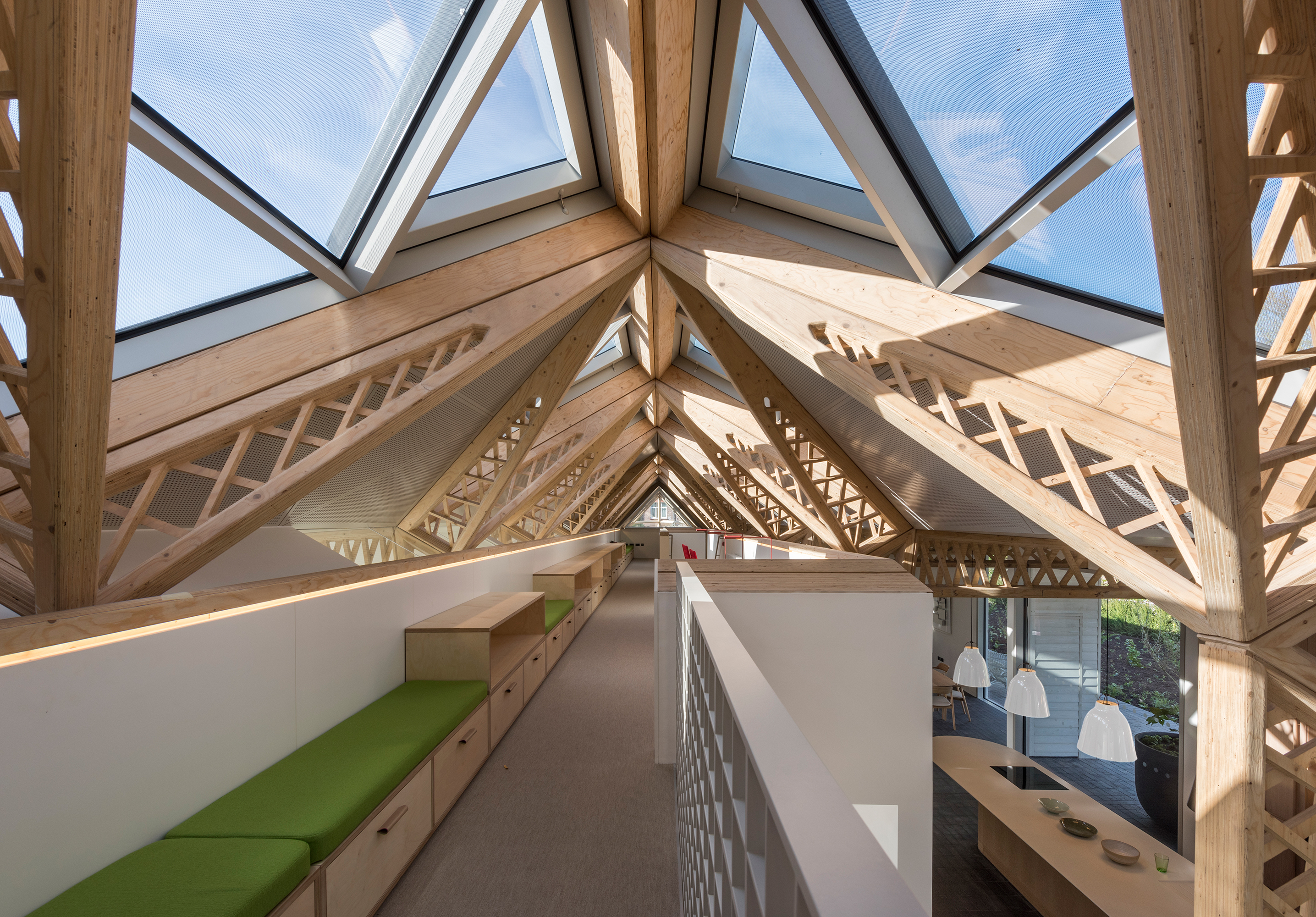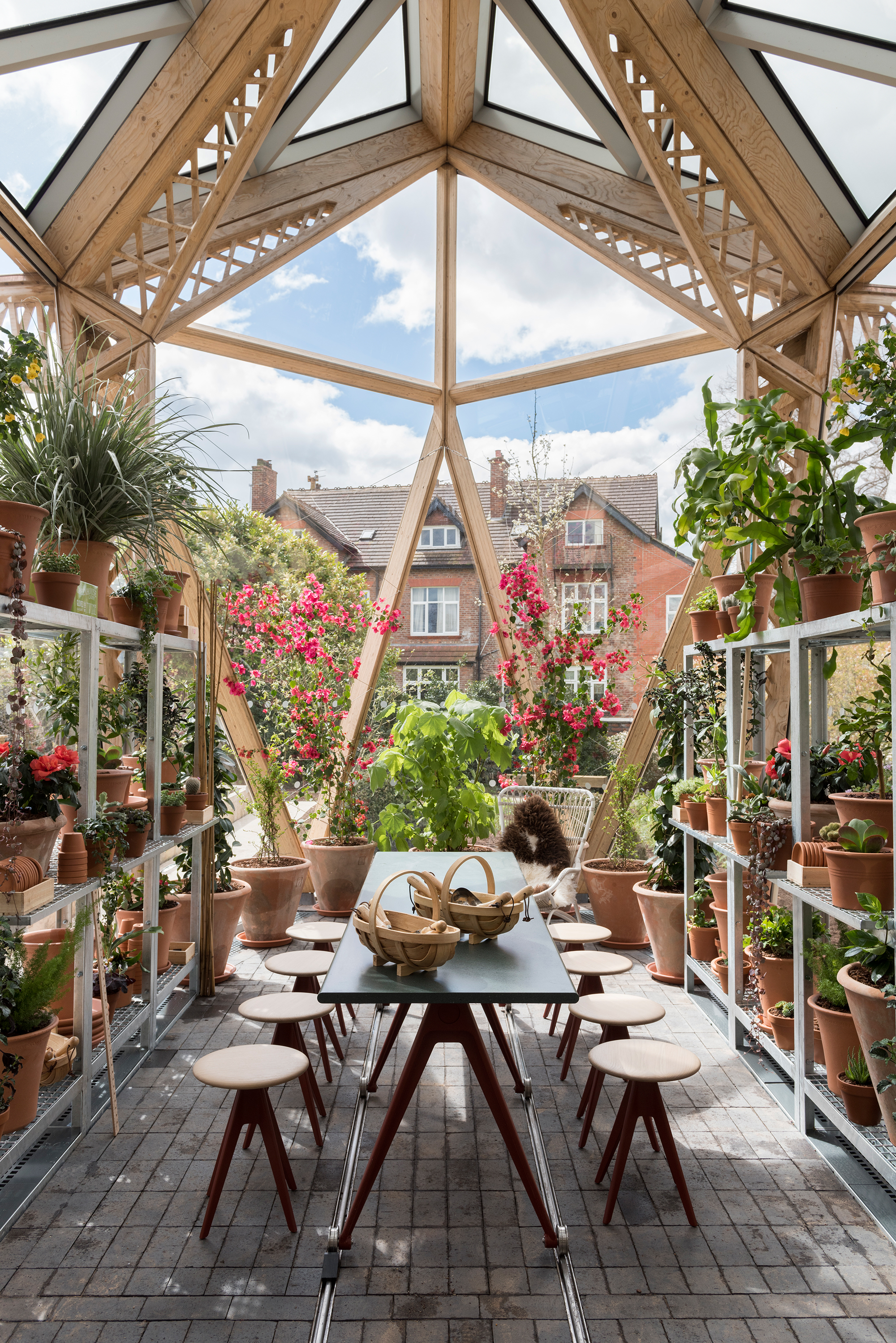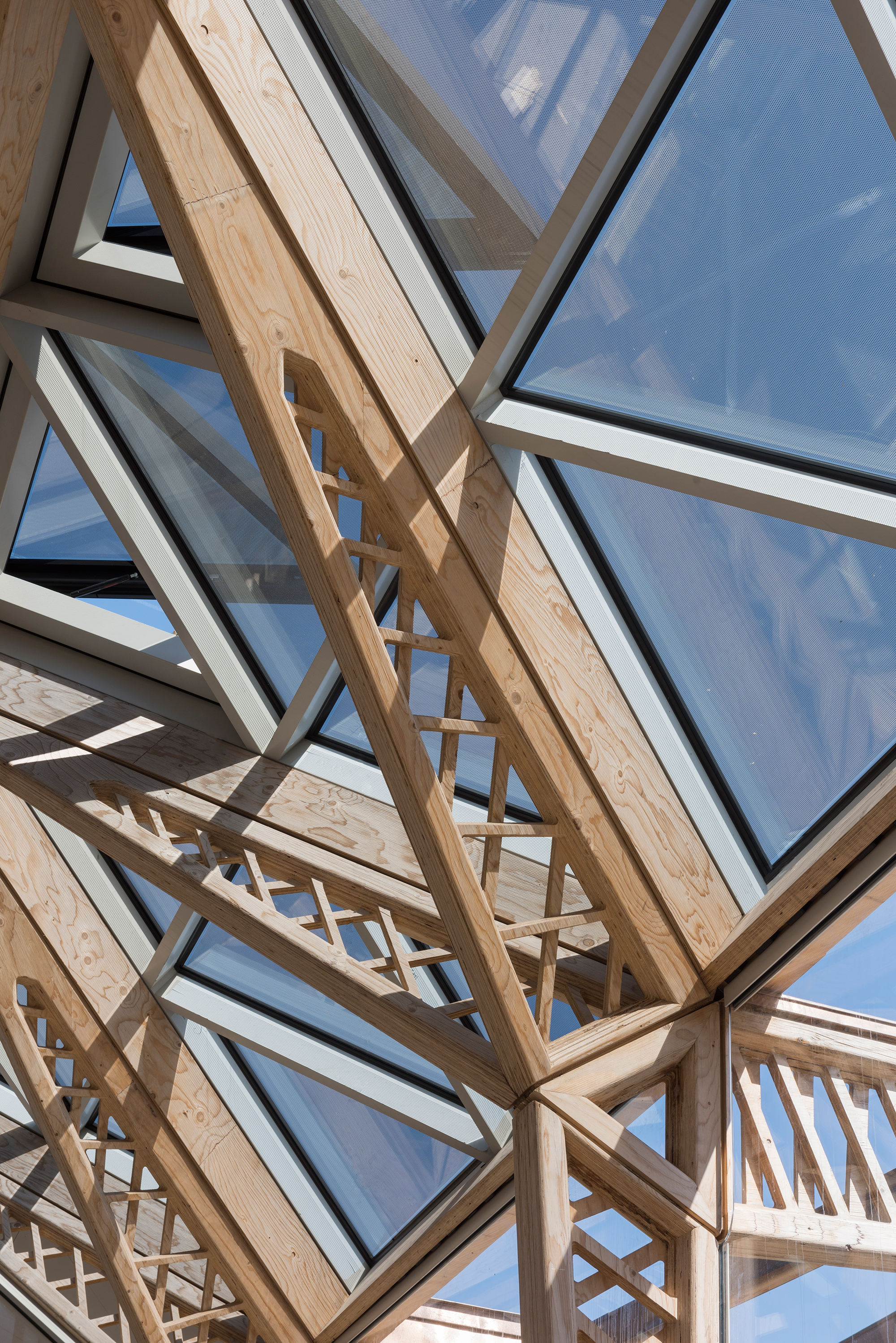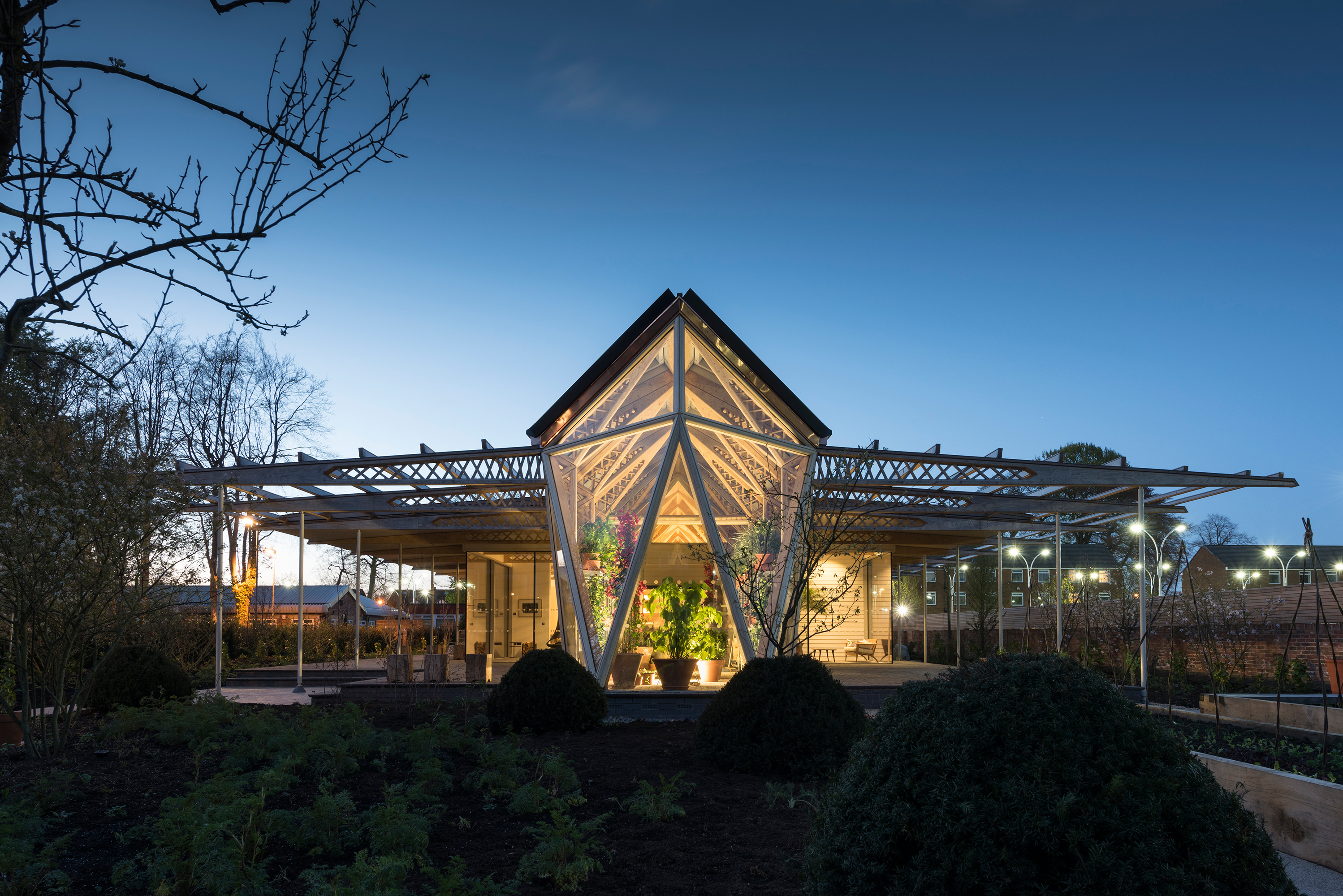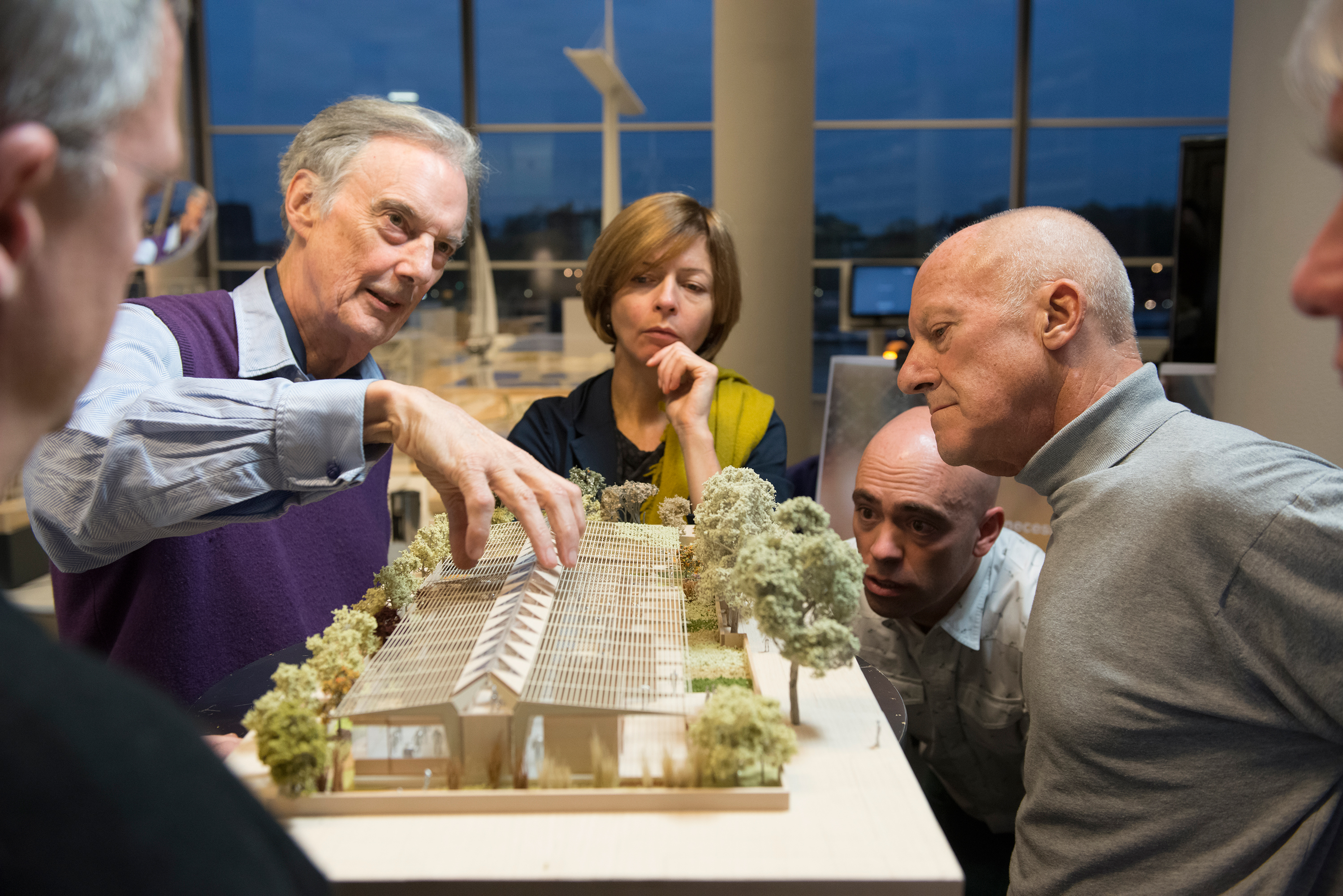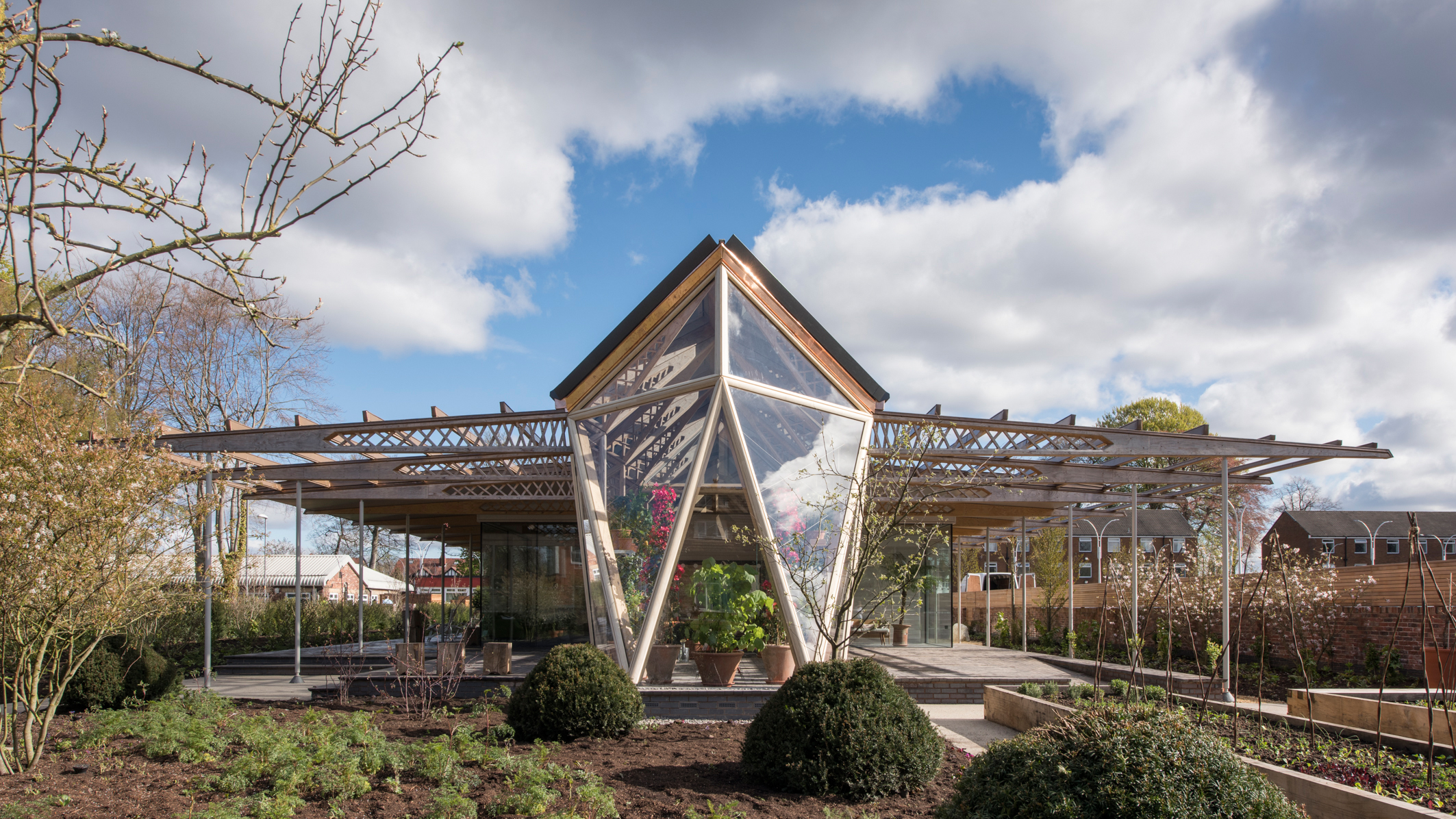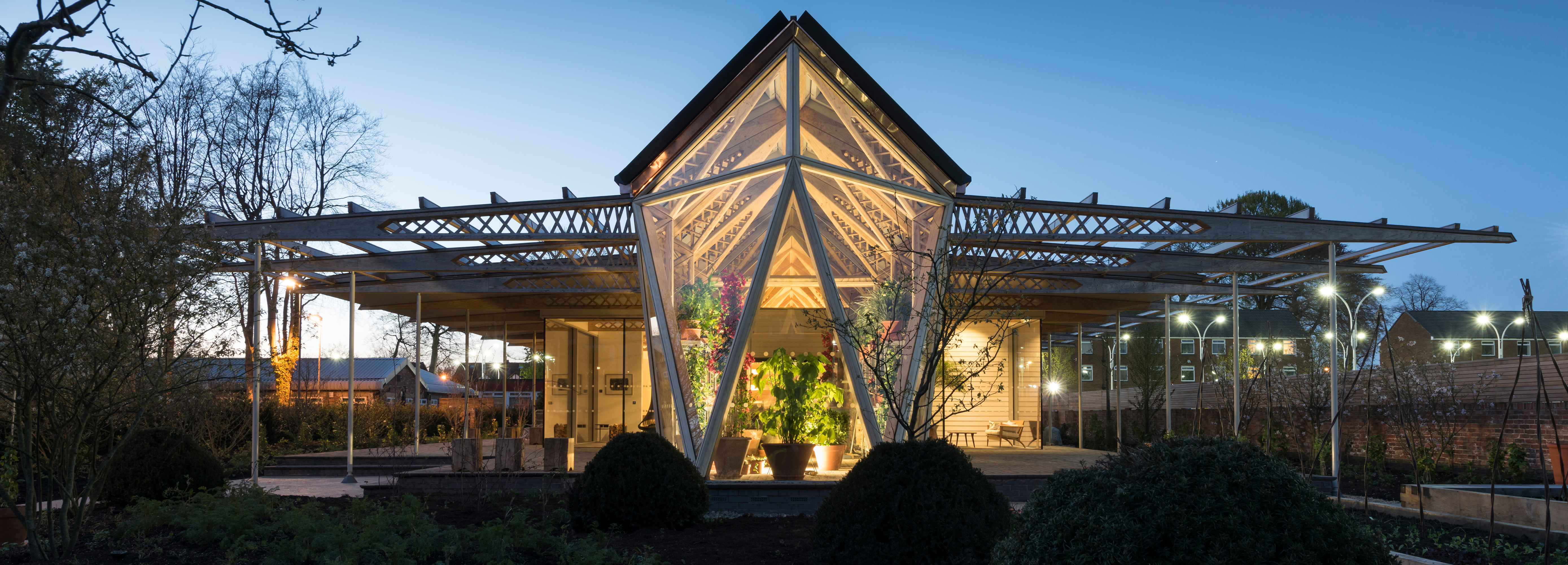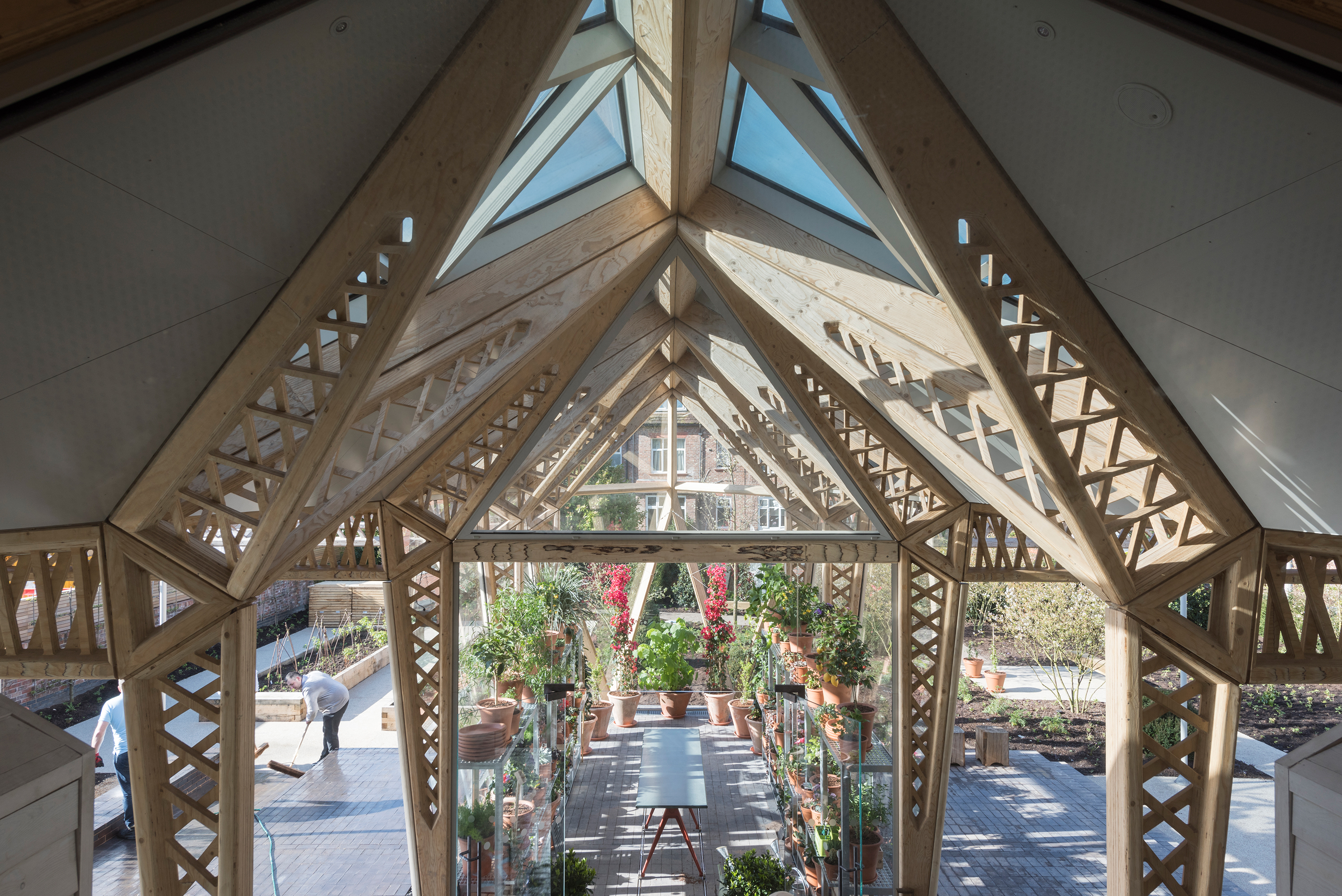The architecture of hope: Maggie’s Centre in Manchester

Photo: Nigel Young
The idea of taking an all-encompassing approach to healing goes back to the heyday of the various life reform movements around 1900. However, the form language that still reigns in Anthroposophical medicine tends to be mocked these days, and no wonder in view of the obligatory pastel tones and slanting angles that mainly characterise the design of respective interiors.
Jencks, undoubtedly one of the most important architecture theorists of the past century, deliberately opted for a different approach for the new cancer care centres. So far they have been designed by renowned architects such as Frank Gehry, Rem Koolhaas, Zaha Hadid and Kisho Kurokawa. A well-known member of the aristocracy – Camilla, Duchess of Cornwall – complements this illustrious list, having become the Centres' Patron in 2008.
The Maggie’s Centre that recently opened in Manchester was designed by Lord Norman Foster, who grew up in the city. The architecture of the single-storey building is aligned to the scale of the surroundings and foregoes all institutional references such as corridors or hospital signs. Foster + Partners designed not only the centre itself but also the respective furniture. The filigree structure of the light-filled building makes the impression of dissolving into the garden.
Jencks, undoubtedly one of the most important architecture theorists of the past century, deliberately opted for a different approach for the new cancer care centres. So far they have been designed by renowned architects such as Frank Gehry, Rem Koolhaas, Zaha Hadid and Kisho Kurokawa. A well-known member of the aristocracy – Camilla, Duchess of Cornwall – complements this illustrious list, having become the Centres' Patron in 2008.
The Maggie’s Centre that recently opened in Manchester was designed by Lord Norman Foster, who grew up in the city. The architecture of the single-storey building is aligned to the scale of the surroundings and foregoes all institutional references such as corridors or hospital signs. Foster + Partners designed not only the centre itself but also the respective furniture. The filigree structure of the light-filled building makes the impression of dissolving into the garden.
